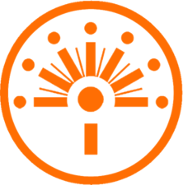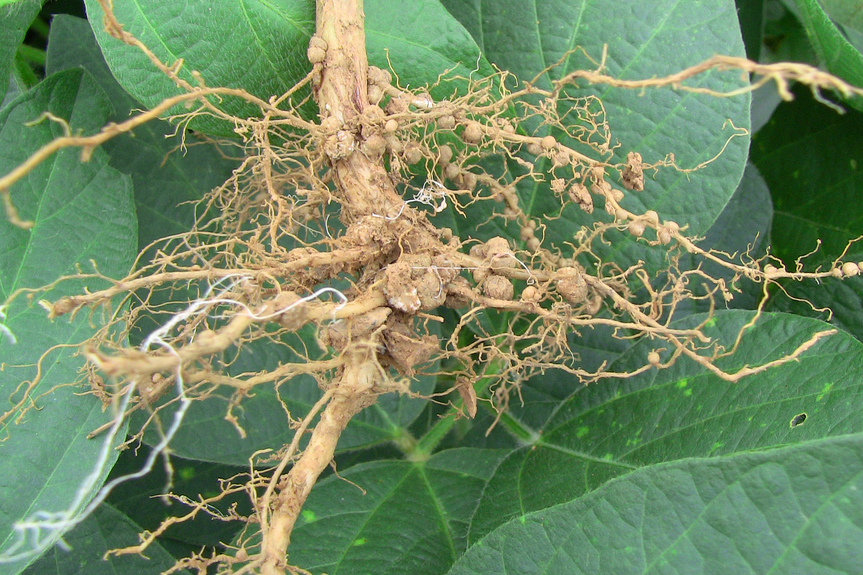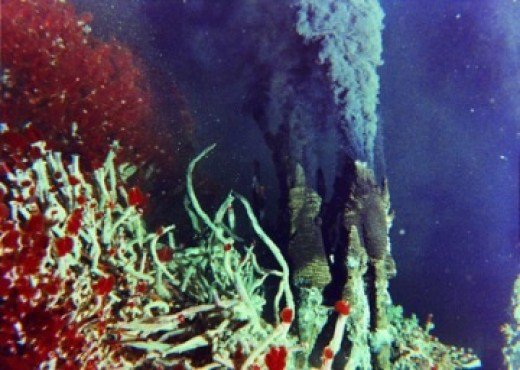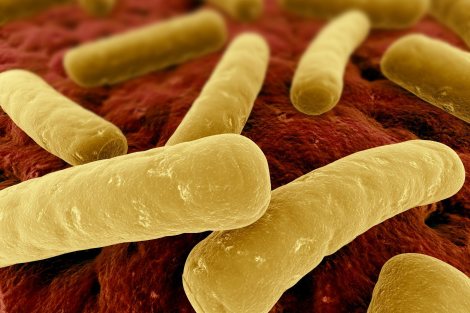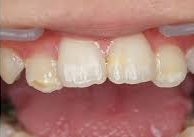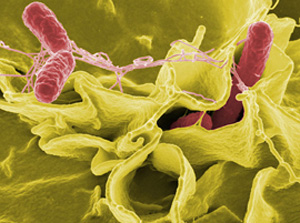The bacteria take nitrogen out of the air and make it available to other living organisms in an amazing process.
Pull up a bean plant and you’ll see small red nodules covering the plant’s roots. Those nodules are home to a type of bacteria essential to practically all plant and animal life.
What The Bacteria Do
The "nitrogen-fixing bacteria," as they’re called, live on the roots of legumes, such as beans and alfalfa. They take nitrogen out of the air and make it available to other living organisms. Because plants and animals can’t use nitrogen from the air, nitrogen-fixing bacteria perform an essential service for both plants and animals.
Although the bacteria only grow on plants, the nodules they live in are red for the same reason that blood is red in mammals-the nodules contain a kind of hemoglobin, similar to the chemical responsible for carrying oxygen in our bloodstream.
Chemical Process Without Oxygen
The chemical process involved in converting unusable atmospheric nitrogen into nitrogen compounds that can be used by plants and animals is complex and not fully understood.
But one thing we do know is that part of that chemical process can only occur without oxygen. If any oxygen is present, the reaction won’t occur and no usable nitrogen compounds will be produced. The other part of the reaction must have oxygen, which is bonded to the nitrogen.
Getting To Work
In other words, oxygen has to be present at just the right times and places for nitrogen-fixing bacteria to work. Considering the unique ability of hemoglobin to carry oxygen through the blood stream, the similar molecule in the nodules of certain roots may be helping with the distribution of oxygen necessary for the nitrogen-fixing bacteria to perform their work.
Chemosynthetic bacteria are organisms that use inorganic molecules as a source of energy and convert them into organic substances. Chemosynthetic bacteria, unlike plants, obtain their energy from the oxidation of inorganic molecules, rather than photosynthesis. Chemosynthetic bacteria use inorganic molecules, such as ammonia, molecular hydrogen, sulfur, hydrogen sulfide and ferrous iron, to produce the organic compounds needed for their subsistence.
Most chemosynthetic bacteria live in environments where sunlight is unable to penetrate and which are considered inhospitable to most known organisms. Chemosynthetic bacteria usually thrive in remote environments, including the Arctic and Antarctic polar regions, where they can be found deep into the ice; they are also found many miles deep in the ocean where sunlight is unable to infiltrate or several meters deep into the Earth’s crust.
Chemosynthetic bacteria are chemoautotrophs because they’re able to use the energy stored in inorganic molecules and convert them in organic compounds. They're primary producers because they produce their own food. An organism that produces organic molecules from organic carbon is classified as a chemoheterotroph. Chemoheterotrophs are at the second level in a food chain.
